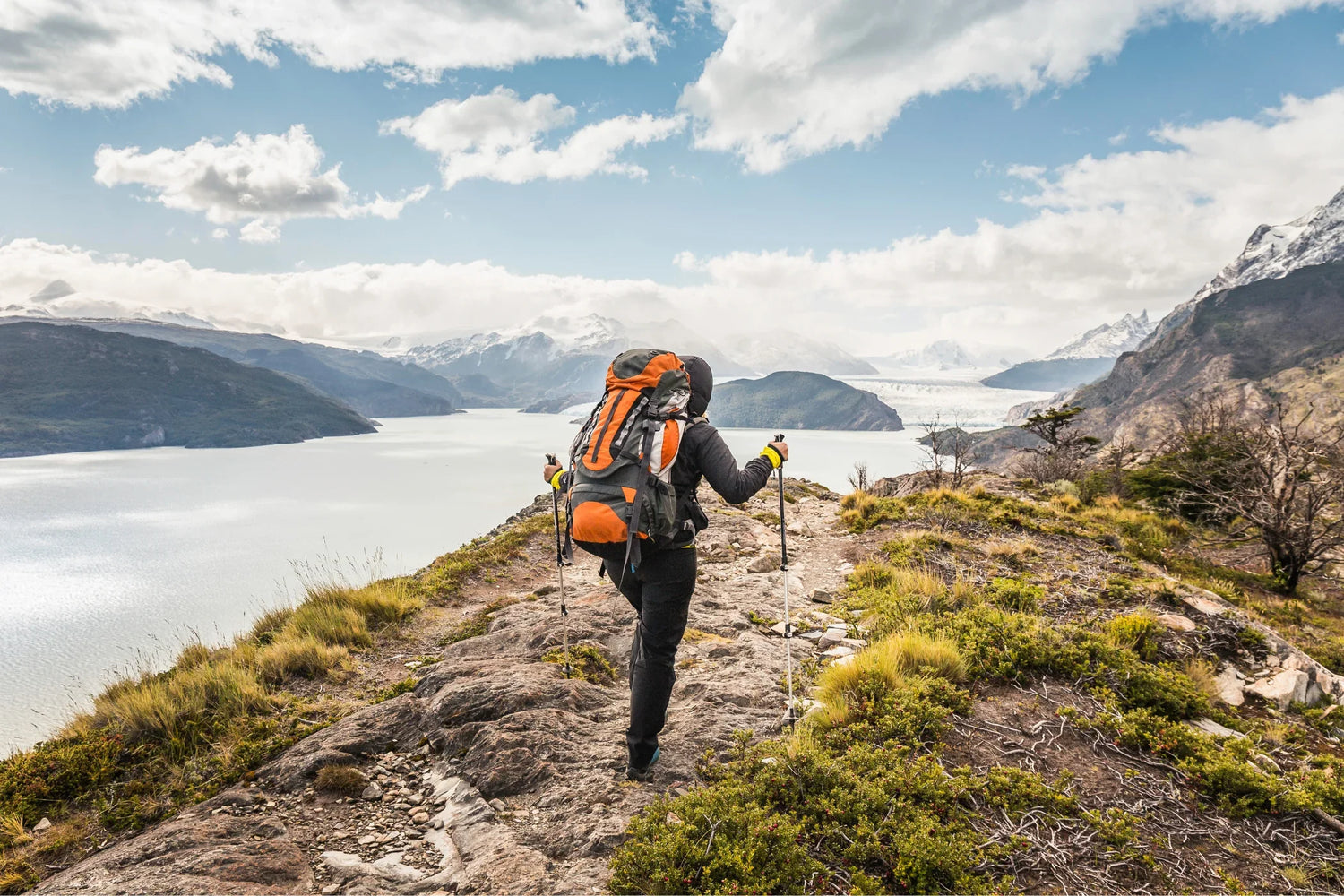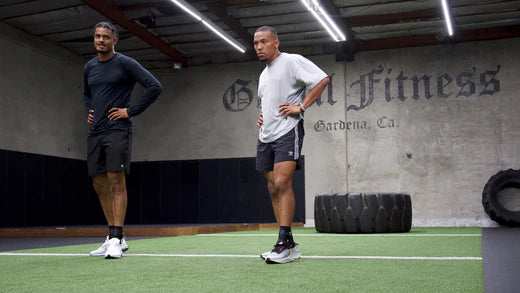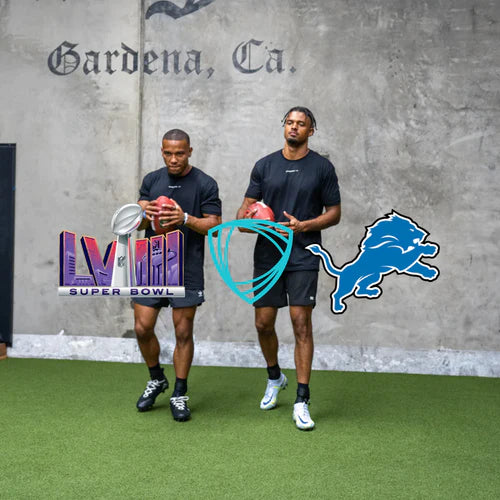"I took a walk in the woods and came out taller than the trees" - Henry David Thoreau
The philosopher and naturalist Henry David Thoreau was already aware of the regenerative powers of nature. Those who hike can forget their own problems and renew themselves from the ground up in the partly untouched nature and the fresh mountain air. A well-thought-out packing list is essential so that you can start your well-earned hiking holiday without any worries.
In this blog post, you will learn which equipment and accessories are right for your next hike and how to make this important decision.
Click here to navigate to our packing list.

7 questions every hiker should ask before packing
On your tour you will gain many new impressions and experience one or two surprises. However, too little or too much luggage should not be the reason. Ask yourself the following questions in advance so that you can tailor your packing list exactly to your needs .
-
How long will you be traveling?
Having a clear idea of how long your hike will take will help you plan enough provisions, water and necessary equipment without taking too much or too little. -
Are you doing a day tour or a multi-day tour?
For day trips, a smaller backpack is often sufficient, while for multi-day trips with overnight stays outdoors or in shelters, you will need more equipment and food. -
What terrain will you cross?
The nature of the trail (e.g. flat, mountainous, rocky or snowy) will influence your choice of shoes, clothing and additional safety equipment. -
What weather conditions do you expect?
Different weather conditions require different equipment, such as waterproof clothing, additional thermal layers or sun protection. -
How challenging is the hike?
Consider whether the route includes technically demanding passages that require special equipment such as via ferrata sets or additional safety equipment. -
How much weight are you willing to carry?
When hiking, it is advisable to keep the weight of your backpack as low as possible to minimize your physical strain and maximize your mobility. A backpack that is too heavy can quickly lead to exhaustion and even injury, especially on longer and more demanding tours. - Are there any special requirements or personal needs? Consider whether health restrictions or personal preferences require special equipment, such as orthopedic insoles, special dietary requirements or similar
TIP: For day trips, the weight of the backpack should ideally not exceed about 10% of your body weight. For multi-day trips, where you need to take additional equipment such as a sleeping bag, cooking equipment and maybe even a tent, the weight can be a little higher. Here it is often recommended that the backpack weight does not exceed 15-20% of your own body weight.

The essentials for your tour
There are items that should not be missing on any hike. We'll tell you what they are here:
Hiking and trekking backpack
- Short hikes: A small hiking backpack with a volume of 20 to 30 liters is sufficient to carry the most important items such as water, snacks and a light jacket.
- Long multi-day tours: A large backpack with a volume of 40 to 60 liters is necessary to carry additional equipment such as a sleeping bag, a change of clothes and possibly a tent.
You can't go without it: the appropriate footwear
Choosing the right hiking boots depends on the terrain you are traversing. Meindl categorizes hiking boots from A to C to meet different requirements:
- Category A : Lightweight low shoes, ideal for flat and well-paved paths. They are perfect for day hikes in parks or easy forest paths.
- Category A/B : These shoes offer more support and durability than Category A and are suitable for light to moderate terrain. They are a good choice for longer hikes on a variety of surfaces, from forest trails to hilly terrain.
- Category B : More profiled and stable shoes designed for more demanding terrain with steep slopes and uneven paths. They offer additional support and protection for difficult mountain tours.
- Category B/C : These shoes are even more robust and offer the stability and support needed for alpine adventures. They are ideal for high mountain tours and scree as well as for use on via ferratas.

TIP: Break in both your socks and shoes before your tour. This will prevent unpleasant blisters and pressure points on your feet. Socks made of merino wool are particularly odorless and effectively wick moisture away from the body.
Clothing and hiking pants
- Layering: Use the layering principle to be able to react to changing weather. Start with a breathable layer, followed by an insulating layer and a waterproof outer layer.
- Hiking pants: They should be comfortable and allow freedom of movement. Make sure they are quick-drying and weatherproof.
Protection for your ankles: More stability thanks to TheBetterGuard
When trekking, special emphasis is placed on protecting your feet and ankles. The BetterGuards ankle brace offers active protection thanks to the innovative BG POWER technology and is particularly practical in lightweight category A footwear. It allows natural freedom of movement while still offering protection during critical movements, making it a must-have on your packing list.

Accessories and gadgets
This includes everything that makes hiking easier for you.
Navigation and lighting
- Maps and GPS device: Safe navigation is essential. A headlamp should also not be missing, especially if you decide to hike into the colder evening hours.
- Headlamp: In case the hike is delayed, a headlamp is indispensable.
Hiking poles and water bottles
- Hiking poles: They are not only useful for balance, but also relieve the strain on your knees when descending.
- Water bottle: A sturdy water bottle or hydration bladder will help you stay hydrated without having to stop and take off your backpack.

In summary: Your packing list for the hike
Hiking offers you the unique opportunity to escape the hustle and bustle of everyday life and rediscover yourself in nature. To fully enjoy this experience, a well- thought-out packing list is essential. Here you will find a compilation of the most important items you will need for different hikes and types of terrain.
- Hiking backpack
- Hiking boots (according to the terrain category)
- The BetterGuard ankle brace
- Merino wool socks
- Functional clothing based on the layering principle
- Waterproof hiking pants
- sunglasses
- Rain jacket
- Drinking bottle or drinking system
- Hiking poles
- First aid kit
- Maps and GPS device
- Headlamp
- Sunscreen and insect repellent
- Snacks and food
- Sleeping bag and possibly sleeping mat (for multi-day tours)
- Cooking equipment (for multi-day tours)
- Tent (for multi-day tours, if required)
With these pieces of equipment and tools, nothing stands in the way of your next hiking adventure. We hope you enjoy your tour!





